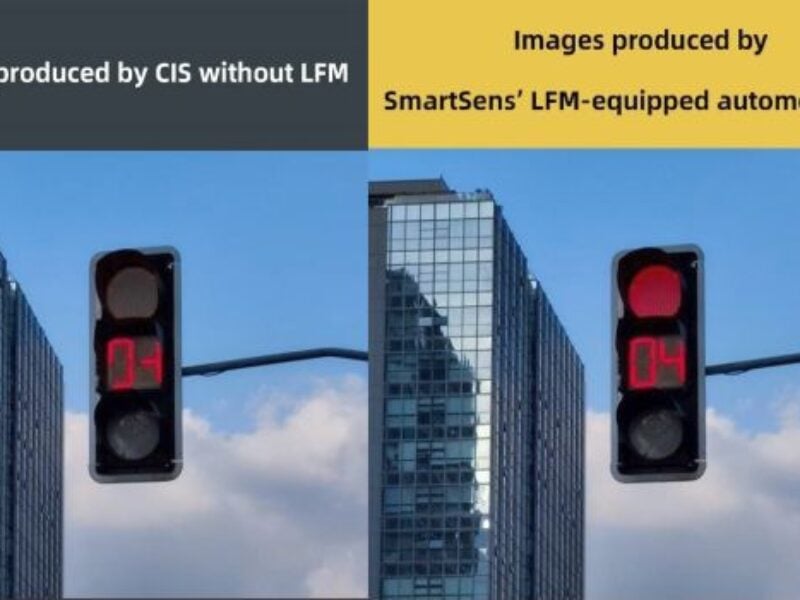
LED flicker solution promises safer automotive CMOS image sensing
With this technology, says the company, its CMOS image sensors can effectively mitigate the dangers that often accompany LED flicker, making AI-enabled Advanced Driver-Assistance Systems (ADAS) and autonomous vehicles much safer than before.
“LED Flicker Suppression is a feature that all automotive CMOS sensors should possess, but is in fact not so easy to achieve,” says SmartSens CMO Ms. Chris Yiu. “In the future, CMOS sensors that SmartSens produces for the automotive electronics market will all come equipped with LFS technology, upgrading our clients’ systems to be much more adaptable – and safer.”
As LED technology has gradually replaced traditional lighting options in various automotive applications – such as traffic lights, car headlamps, and turn signals – the issue of “flicker” caused by LED drivers using Pulse Width Modulation (PWM) has become a potential issue for the CMOS image sensors increasingly being used in vehicles to sense and correctly assess road conditions. While this flicker occurs at frequencies imperceptible to the human eye, for CMOS image sensors that have even faster shutter speeds, says the company, a mismatch between exposure time and LED pulse could lead to sensors picking up inaccurate visual signals if they do not distinguish between the on and off states of LEDs of modern traffic signal systems.
While various CMOS manufacturers have introduced their own solutions to this issue, says the company, its proprietary QCell technology not only solves the LED flicker issue, but has the added benefit of increasing a sensor’s sensitivity and dynamic range, making it ideal for dim or fluctuating lighting situations, such as the openings of carports and tunnels. The company plans to showcase its new LFS technology at the 17th annual China Public Security Expo (CPSE 2019) in Shenzhen, China, October 28 – 31.
Related articles:
CMOS automotive camera sensor reduces LED flicker
Chip-level optical image stabilization tie-up targets new applications
300,000-pixel backlit CMOS image sensor for smart applications
 If you enjoyed this article, you will like the following ones: don't miss them by subscribing to :
eeNews on Google News
If you enjoyed this article, you will like the following ones: don't miss them by subscribing to :
eeNews on Google News




